A Celebration of History: The 1970s Quilting Revival
“Every quiltmaker in the 1970s (was) an innovator… People made their own rules, broke them and came up with their own solutions to the problems they encountered while making quilts.” Bill Volckening, quilt historian and collector
The 1970s were a landmark period in the history of American quilting. A whirlwind of change led people to the nostalgic and homespun, from the Back to the Land Movement to the Fiber Art uprising, Feminism and the Arts and Crafts Revival. Quilting encapsulated this spirit of creative change, harking back to simpler, preindustrial times driven a mend and make do attitude. When the American bicentennial hit in 1976, quilting became the ideal artistic medium to reminisce about prairie life and the great cultural history of America’s foundations. But looking back, the vibrant, lively quilts of the groovy, 1970s hippie era are also very much a product of their time, as quilting collector and historian Bill Volckening points out, “The first thing that jumps out about the quilts of the 1970s is the colour, but the quilts have relevance beyond colour … a new perspective on old quilts created the revival in quilt making.”
One of the most important occurrences that led to a quilting revival was the Whitney Museum’s exhibition Abstract Design in American Quilts in 1971. Featuring works from the extensive quilt collection of Jonathan Holstein and Gail van der Hoof, the striking optical designs of pieced quilts from American history were compared with abstract paintings exploring the very same geometric, structured language of difference, balance and repetition. Rather than referencing any particular time period, instead, curators deliberately selected quilts with “the greatest visual interest and impact.” Instead of lying the quilts flat, they were hung like paintings on the wall, inviting viewers to understand and truly appreciate the months or even years of artistry that had gone into the making of these intricately complex, richly textural designs. Universally praised, the show signalled the dawn of a new era in quilt making.
The phenomenon of art quilting arose in the wake of this exhibit, led by Faith Ringgold, Yvonne Wells, MC Lamb, Jean Ray Laurie and Nancy Crow. Each in turn explored how quilting could convey culturally significant moments in time through its history of storytelling, sometimes telling harrowingly dark tales with a language that has strong feminine associations. Many of these artists also highlighted the vital role quilting has played in women’s history over the centuries and their attitudes continue to shape the work of contemporary artists today.
Another watershed moment in the history of quilting came following the American bicentennial. Quilting was by now long recognised as a symbol of the simple prairie life that had built America, as well as a private language for the slaves who fought and died for equality. Because of this, many made quilts in celebration of this history with a distinctly nostalgic feel, echoing the deeply familiar motifs, patterns, layouts and stitches of the past but with a modern twist, introducing new, more contemporary or unusual colour combinations. Following the bicentennial, quilting remained popular through many strands of society, from free loving hippie communes to inspired and dedicated individual makers. Popular women’s magazines also picked up on the trend and helped popularise it, publishing ever new inventive approaches and ideas. Quilt historian Eleanor Levie describes how, “Almost every quilt historian, and certainly every one who started quilting in the early to mid-1970s, can attest the influence America’s 200th birthday had on quilting. As a celebration of our history, this event grounded everyone in the values of root and traditions.” By the end of the 1970s a number of quilting guilds had been formed, aimed at supporting and bringing together this vast and ever-expanding community.
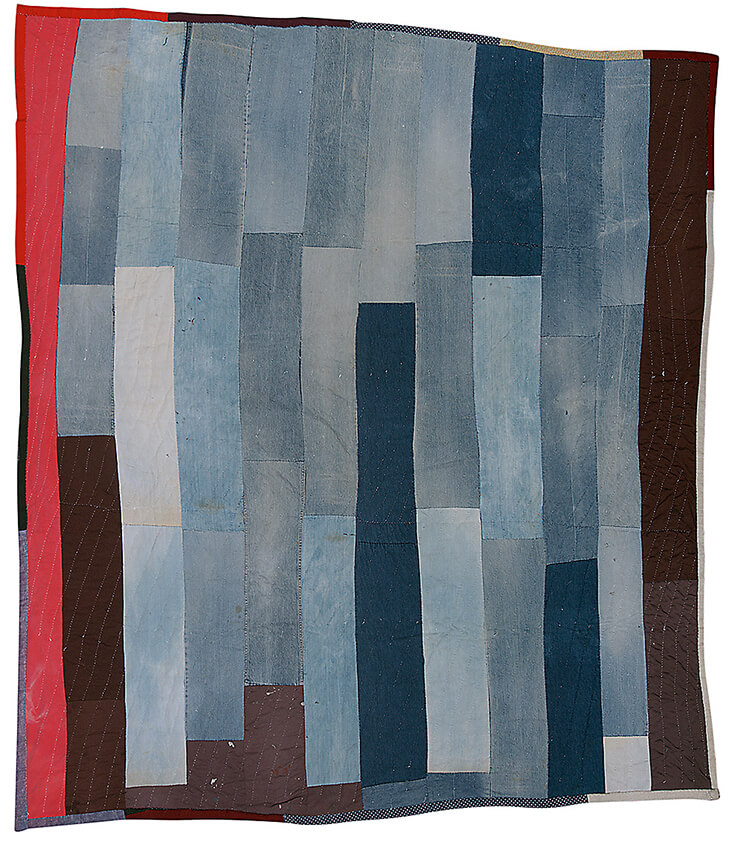
Bars, Work-Clothes Quilt / Loretta Pettway /
1970s “I made all of my quilts out of old shirts and dress tails and britches legs. I couldn’t never get no good fabric to make quilts, so I had to get the best of the old clothes my peoples wore or old clothes I got from other peoples. I get the best of the shirt sleeves or whatever part of the pants wasn’t wore out, like the back of the pant legs, ’cause the knees mostly be wore out—we pick the cotton on our knees.”
Dramatic colours, bold, abstracted designs and free-spirited inventiveness defined quilts of the 1970s era, as makers combined traditional motifs and techniques with innovative approaches to pattern. Crazy quilt styles were particularly popular as they allowed for greater creative freedom and meant quilters could use any pieces of fabric to hand rather than having to buy in a specific type. Many makers were inspired by avant-garde and Modernist abstract art, exploring the same optical effects of colour, shape, texture and pattern, as seen in Marsha McCloskey’s Paul Klee influenced designs of the 1970s.
Cotton was scarce at the time and most quilters had to make their designs from a thick polyester double knit, which was harder to work with and made a heavier, denser end product. But some quilters went to great lengths to hunt out pure, 100 % cotton for a true authentic feel. Much of the equipment that is used to make quilts today was simply not available at the time, including, cutting mats rotary cutters and computerised long arm quilting machines, so it truly was a back to basics era. Quilt templates were made with cardboard or sandpaper, while fabric pieces were cut out with scissors. The final applique and quilting was entirely stitched together by hand, taking weeks, months or years of hard work.
Much has changed since then, but this era was undoubtedly a moment of profound and long-lasting change which continues to influence attitudes towards making not just quilts but many other forms of art for our homes or gallery spaces. Volckening is quick to point this out, arguing, “It was a fascinating time …. which cultivated the roots of modernism.”


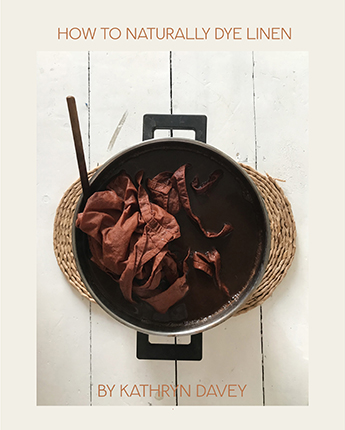
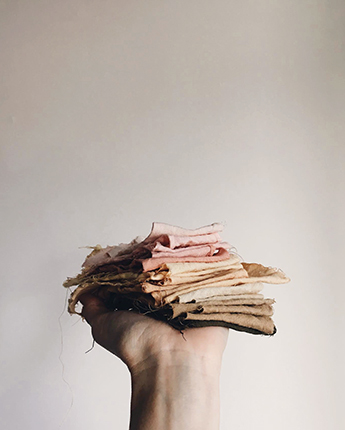


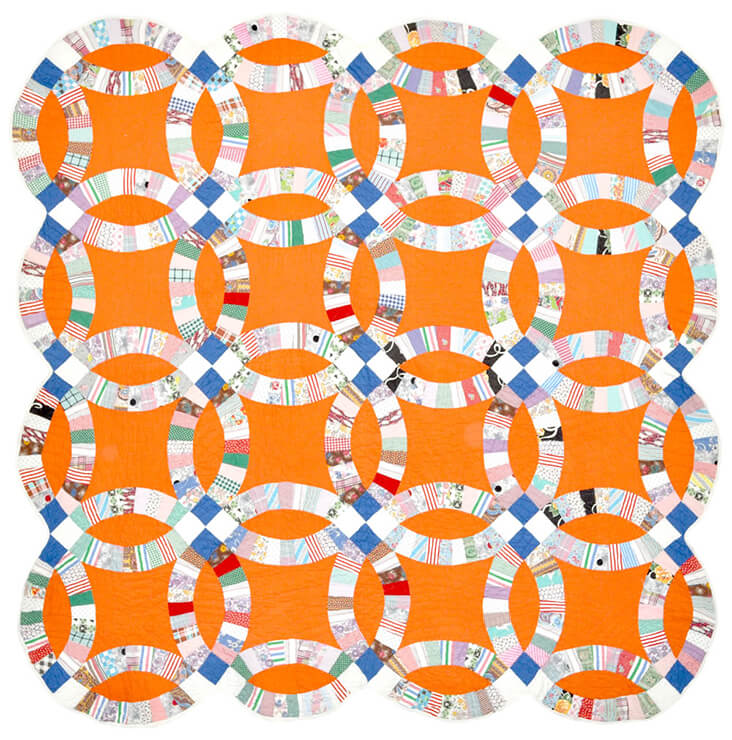
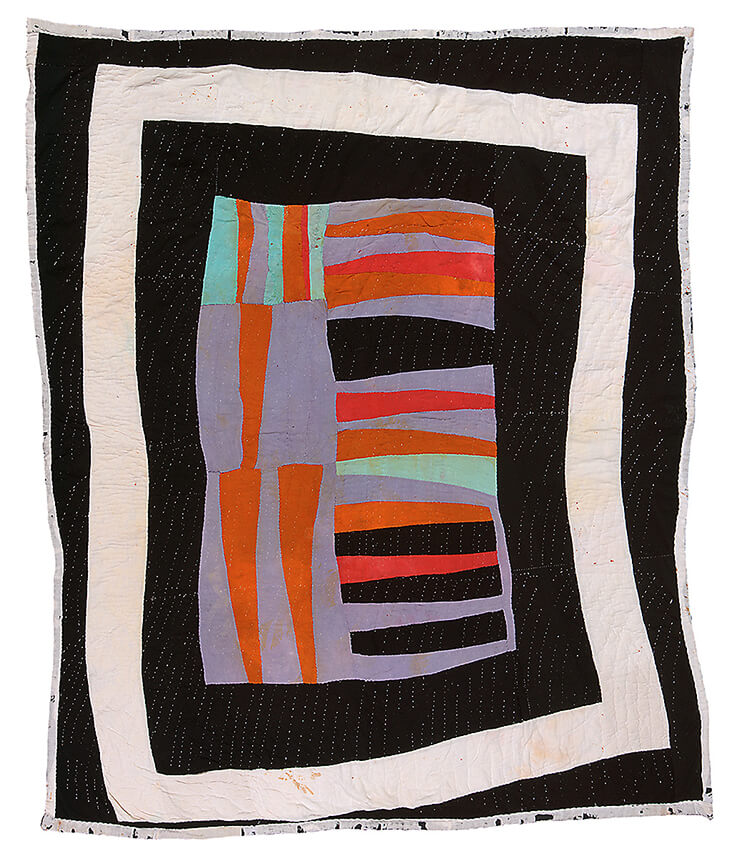
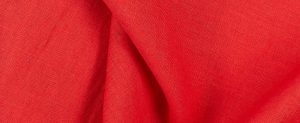
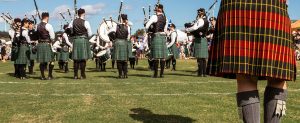
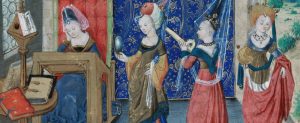
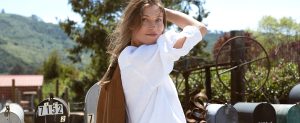
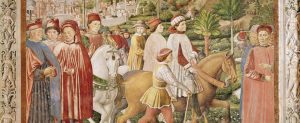


























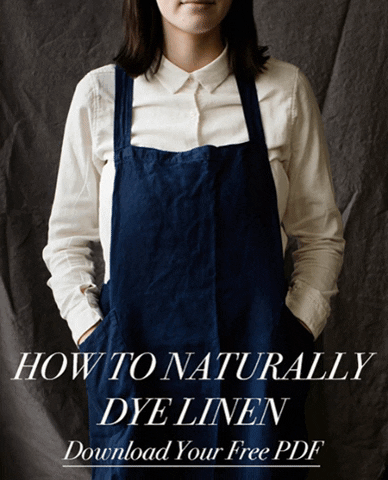




4 Comments
Marie z. Johansen
I started my quilts and quilting journey in 1976. There no template, no rotary cutters and most of the available fabric was cotton-poly blends. My! How things have changed. My passion for making quilts has lasted…there is always something new to try. I still enjoy using the leftovers from apparel making in my quilts.
Trish Seifert
Great article! I made my first quilt in 1987 for the man who would be my husband. I was 17 and the only way I could figure out to get straight strips was to tear them. Every strip of that log cabin quilt was torn. The batting was polyester as that was all I could find in our small Wyoming town. Not knowing about binding, I stitched all around the outside edge, right sides together, leaving a place open through which I turned it right side out. I then tied it with yarn and stiched-in-the-ditch around the border seam. That quilt is beloved in our family now, used, loved and washed to unbelievable softness and many times mended. Since then I’ve made many beautiful quilts ‘the right way’ but this one will always be special.
Carole Fay
I made my first quilt in 1972. I was in high school and my only income was my allowance and money from baby sitting! I still remember shopping at a WalMart type store for fabric-there were no fabric stores in my home town! I looked at the price, color and pattern in that order! There was no thought to fabric content 🙂 I had no pattern, I just started sewing strips together-I learned years later that my quilt was one big log cabin block!
I still quilt today. The art of quilting has come a very long way. But the machines I use to make my quilts were all built between 1921 and 1955…….I enjoy the feeling of that connection with the women who used those machines before me. I am happy I can continue their legacy.
Vicki Lang
Thank you for the history lesson on quilters. I started quilting about that time.